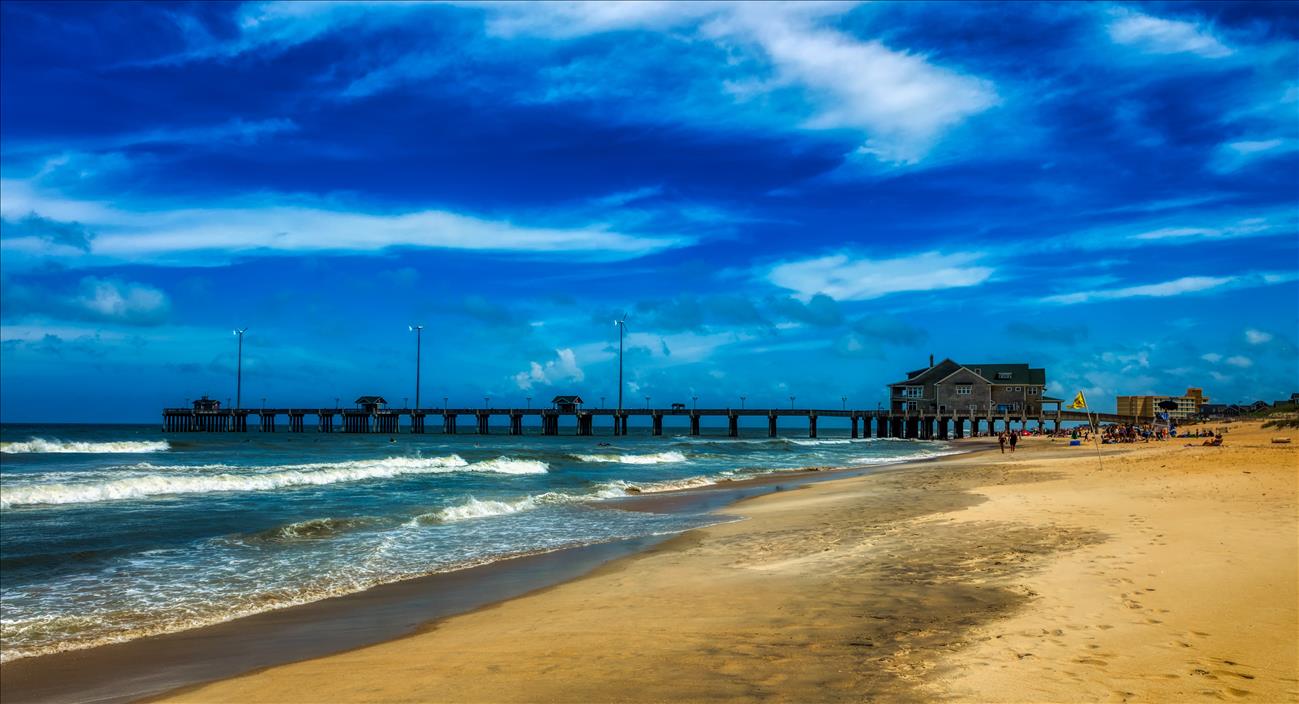Watch the Weather
Some risks are bigger than others, and in North Carolina the biggest ones involve the weather. This state is very susceptible to flooding, and here's why:
- Nearly seven percent of the state's territory consists of waterways and lakes.
- About 3,570 square miles of the state are bodies of water.
- North Carolina has 320 miles of coastline on the Atlantic.
- The state gets thunderstorms an average of 50 days a year, and some include hail, damaging winds or flash floods.
- Across the state, the average amount of rainfall annually is about 49 inches, but that may increase due to climate change.
- Some parts of the state have as much as 90 inches of rain a year.
- The state ranks third among U.S. states for frequency of hurricanes, although most are the weakened aftermath of bigger storms that originated elsewhere.
- North Carolina gets almost 20 tornadoes a year, and sometimes the swirling winds can move the contents of waterways.
- Snowfall ranges from 3 to 5 inches annually in warmer parts of the state to an average of 14 to 20 inches in the mountains.
Flood Insurance
These weather patterns together add up to a good argument for buying flood insurance. Most insurers sell this type of coverage as a policy addition called a rider or endorsement. The greater the risk of flooding in your particular neighborhood, the more you may have to pay for flood protection. You can offset the costs by demonstrating that your dwelling has features that help resist flood damage.
State Resources
Fortunately, insurance shoppers can consult with numerous resources provided by the state government. The North Carolina Department of Insurance's free public information includes some especially helpful data not many other states make available: Ratios of customer complaints versus dollars spent on premiums for all of the home insurers selling coverage in the state.
The state's insurance regulator also has a formal procedure for mediating disputes over disaster-related policy claims that were at least partly denied and concern losses of at least $1,500. If the disagreement concerns the amount of the losses or their specific cause, a mediation conference can be scheduled by North Carolina officials to help resolve the conflict. An independent mediator who has no connection with the insurance company oversees the proceedings without making an actual decision on the claim. The objective third party strives to keep the discussion from becoming confrontational and guide both parties toward an agreement.
Many Options
Most likely your insurance experience won't involve any disagreements, especially if you put in the extra effort to shop for the coverage that most suits your needs. North Carolina's insurers offer a wide range of policies with plenty of options to choose from, whether you own and occupy your own home, rent a dwelling or lease property to others. Obtaining a policy that closely suits your needs will give you peace of mind and a sense of security.
Are You a Professional?
Requests for your services are coming in left and right. Let’s connect and grow your business, together.


